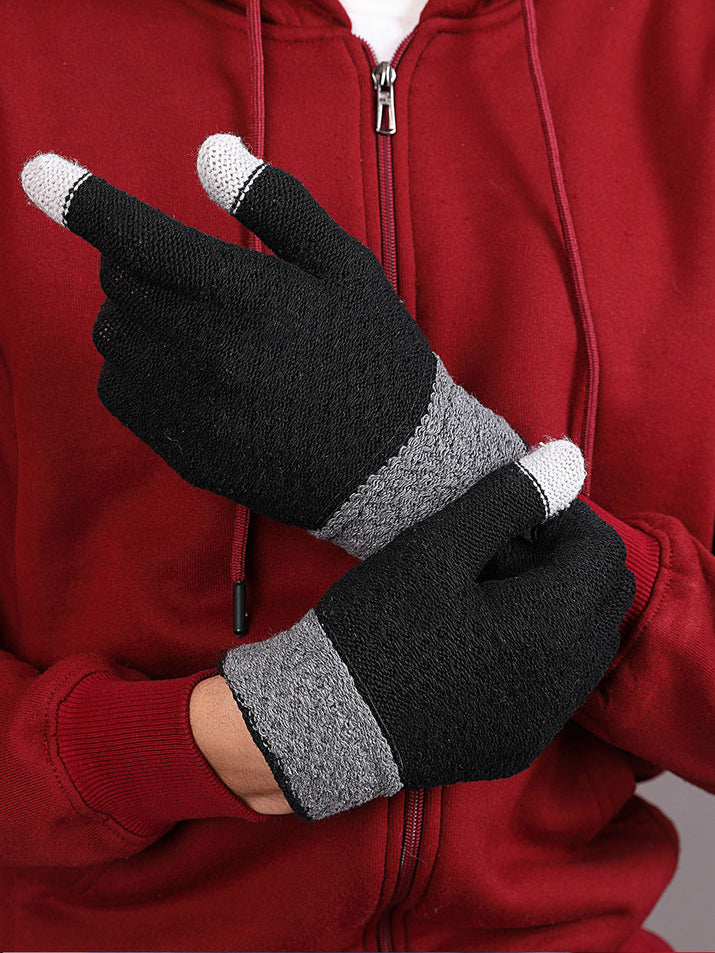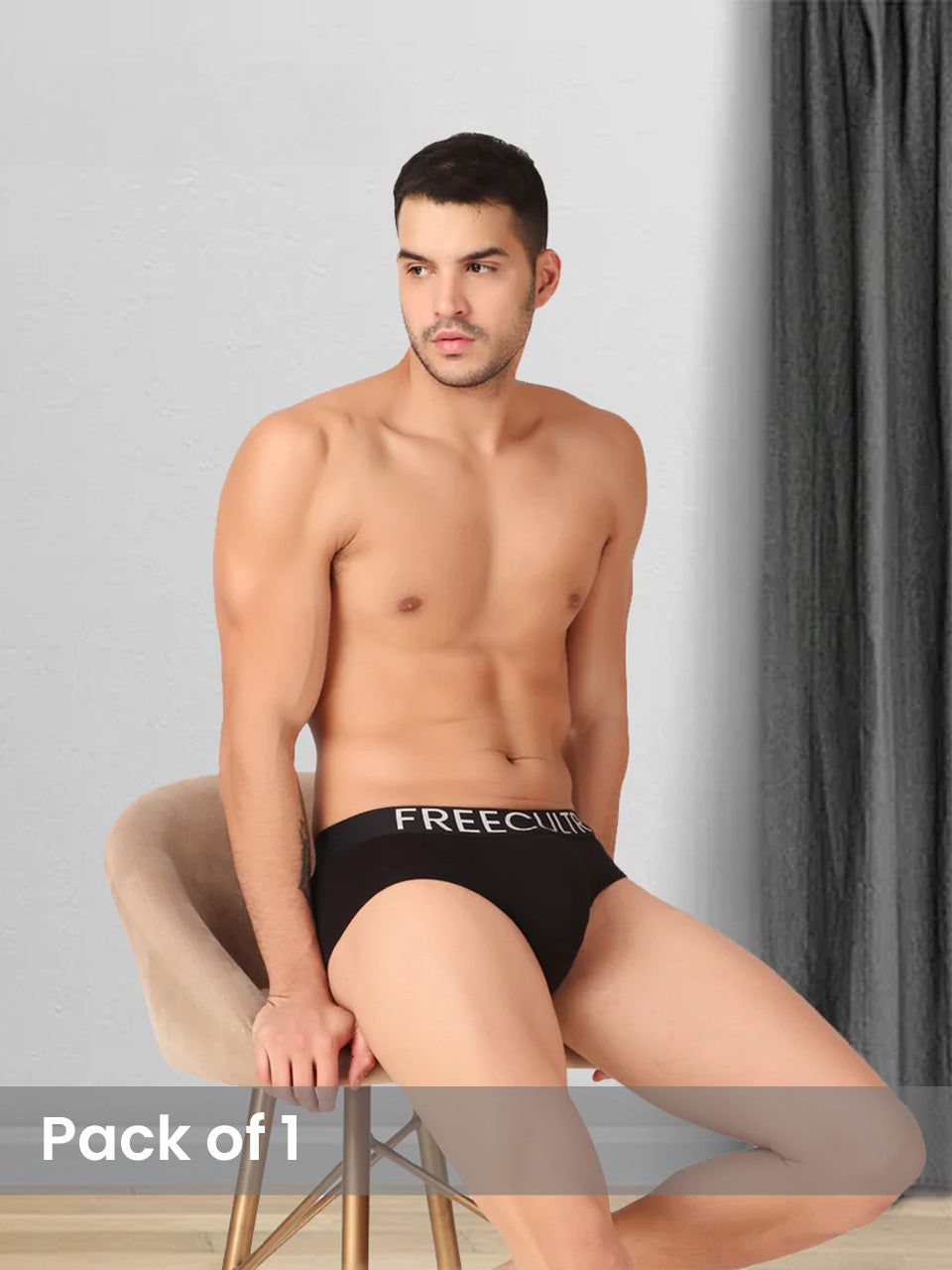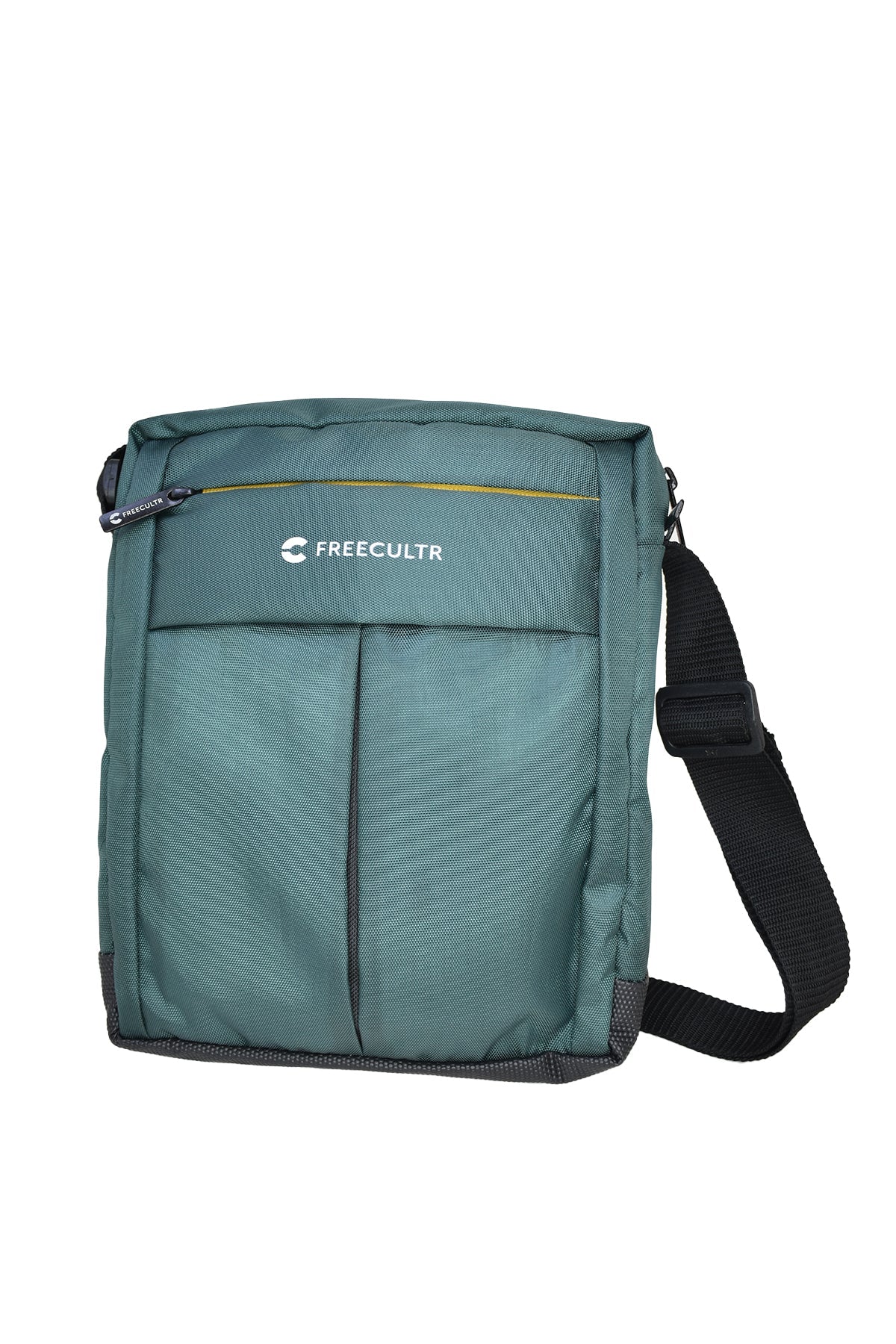Beyond mere coverage, modern inner wear fundamentally transforms personal comfort by actively managing the body's microclimate. Far from simple base layers, today's advanced fabrics leverage sophisticated moisture-wicking technology, like engineered polyester and bamboo viscose blends, to rapidly draw perspiration away from the skin, preventing clamminess and chilling. This proactive moisture transfer is crucial for precise temperature regulation, ensuring the wearer maintains an optimal core body temperature whether facing a strenuous athletic challenge or enduring varied indoor conditions. Recent innovations focus on zonal mapping and adaptive fibers, creating a dynamic system that responds to individual heat and sweat patterns, thereby maximizing performance and well-being in any environment.

Understanding the Body's Thermoregulation and the Role of Inner Wear
Our bodies are incredibly sophisticated machines, constantly working to maintain an optimal internal temperature of around 98. 6°F (37°C). This process, known as thermoregulation, is vital for our health and comfort. When we exert ourselves, or when the ambient temperature rises, our bodies produce sweat. This sweat then evaporates from the skin's surface, carrying away heat and creating a cooling effect. While this natural mechanism is highly effective, the clothing we choose to wear, particularly our inner wear, plays a crucial role in either assisting or hindering this process.
Traditional inner wear, often made from cotton, absorbs sweat and holds onto it. This can lead to a damp, clammy feeling, especially during physical activity. In warm conditions, this dampness can increase discomfort and even lead to chafing. In colder environments, the trapped moisture can rapidly draw heat away from the body, leading to a significant drop in core temperature – a phenomenon known as evaporative cooling, which, while beneficial when intentional, can become dangerous in cold weather. This is where advanced inner wear technologies come into play, specifically designed to manage moisture and regulate temperature more effectively.
The Science Behind Moisture-Wicking
Moisture-wicking is a fascinating textile technology designed to draw moisture away from the skin and move it to the outer surface of the fabric, where it can evaporate more readily. This process is fundamentally different from absorption. Here's how it works:
- Capillary Action: Moisture-wicking fabrics are engineered with tiny channels or pores, much like a microscopic network of straws. These channels utilize capillary action, the same principle that allows water to travel up a plant stem, to pull moisture (sweat) away from the skin.
- Hydrophobic Fibers: Unlike cotton, which is hydrophilic (water-loving), moisture-wicking fabrics are typically made from hydrophobic (water-repelling) synthetic fibers such as polyester or nylon, or naturally hydrophobic fibers like certain types of wool. These fibers don't absorb water; instead, they allow it to move along their surface.
- Surface Area and Evaporation: Once the sweat is wicked to the outer surface of the fabric, it spreads out over a larger surface area. This increased surface area, combined with exposure to the air, accelerates the rate of evaporation. As the sweat evaporates, it takes heat with it, helping to cool the body.
The primary benefit of this technology in inner wear is maintaining a dry layer against the skin, which significantly enhances comfort and helps prevent issues like chafing and post-activity chills.
Advanced Materials and Technologies for Inner Wear
The market for performance inner wear has evolved considerably, offering a variety of materials and innovative fabric constructions. Each material has its unique properties that contribute to moisture management and temperature regulation.
Synthetic Fibers
- Polyester: This is perhaps the most common synthetic fiber used in moisture-wicking inner wear. Polyester is inherently hydrophobic, durable. Relatively inexpensive. Its fibers can be engineered into various cross-sections (e. G. , multi-channel fibers, hollow fibers) to enhance wicking capabilities and create air pockets for insulation.
- Nylon: Similar to polyester, nylon offers excellent strength and elasticity. It also possesses good wicking properties and can be blended with other fibers to improve fit and comfort.
- Polypropylene: Known for being extremely hydrophobic and lightweight, polypropylene is an excellent insulator. It doesn't absorb water at all, making it very effective at moving moisture away from the skin. But, it can sometimes retain odors more than other synthetics.
Natural Fibers
-
Merino Wool: Often considered a "miracle fiber" for inner wear, Merino wool is a natural, fine-gauge wool that offers exceptional moisture management and temperature regulation. Unlike traditional coarser wools, Merino is incredibly soft and non-itchy.
- Moisture Management: Merino wool fibers can absorb a significant amount of moisture (up to 30% of their weight) within their core, without feeling wet to the touch. This means it can effectively pull moisture vapor away from the skin, even before it condenses into liquid sweat. It then releases this moisture slowly to the outside.
- Temperature Regulation: Its crimped fibers create millions of tiny air pockets, providing excellent insulation in cold weather. In warm weather, its breathability and moisture-vapor management help keep the wearer cool.
- Odor Resistance: Merino wool is naturally antimicrobial due to its complex chemical structure, which inhibits the growth of odor-causing bacteria. This makes it ideal for multi-day wear without washing.
Blends and Hybrid Fabrics
Many performance inner wear garments utilize blends of synthetic and natural fibers to combine the best properties of each. For instance, a polyester-Merino blend might offer the rapid wicking of synthetics with the odor resistance and superior temperature regulation of wool. Some fabrics also incorporate specialized treatments or weaves, like waffle knits or grid fleeces, to create air channels for enhanced breathability and insulation.
Temperature Regulation Beyond Wicking
While moisture-wicking is crucial for comfort, inner wear also plays a significant role in direct temperature regulation through insulation and breathability.
- Insulation: In cold environments, the primary goal of inner wear is to trap a layer of warm air close to the body. Fabrics with a lofted structure (e. G. , brushed fleece, specific weaves of wool or synthetic fibers) excel at this. This trapped air acts as an insulator, slowing down heat loss from the body to the colder surroundings. The thickness and density of the inner wear material directly impact its insulating properties.
- Breathability: In warm environments or during high-intensity activities, breathability becomes paramount. A breathable fabric allows excess heat and moisture vapor to escape from the body, preventing overheating. While moisture-wicking moves liquid sweat, breathability refers to the fabric's ability to allow water vapor to pass through. Fabrics with open weaves or permeable membranes facilitate this exchange.
The ideal inner wear balances these properties based on the intended activity and environmental conditions. A piece of inner wear designed for extreme cold will prioritize insulation, while one for intense summer workouts will focus on rapid wicking and maximal breathability.
Comparison of Common Inner Wear Fabric Types
Choosing the right inner wear often comes down to understanding the trade-offs between different materials. Here's a comparison:
| Feature | Cotton Inner Wear | Synthetic Inner Wear (Polyester/Nylon) | Merino Wool Inner Wear |
|---|---|---|---|
| Moisture Absorption | Very High (absorbs sweat and holds it) | Very Low (wicks sweat away, doesn't absorb) | Moderate (absorbs vapor, wicks liquid effectively) |
| Drying Time | Very Slow | Very Fast | Moderate (slower than synthetics, faster than cotton) |
| Temperature Regulation (Cold) | Poor (loses insulating properties when wet) | Good (maintains some insulation when wet, especially hollow fibers) | Excellent (insulates well even when damp) |
| Temperature Regulation (Warm) | Poor (feels clammy, can overheat) | Good (breathable, wicks sweat for cooling) | Excellent (highly breathable, manages vapor effectively) |
| Odor Resistance | Low | Low to Moderate (can retain odors, some treated) | Excellent (naturally antimicrobial) |
| Comfort/Feel | Soft when dry, clammy when wet | Smooth, can feel "plasticky" to some, dry | Soft, luxurious, comfortable wet or dry |
| Durability | Good | Excellent | Good (can be prone to holes if thin) |
| Cost | Low | Moderate | High |
Real-World Applications and Use Cases
The benefits of moisture-wicking and temperature-regulating inner wear extend far beyond just extreme sports. Integrating these garments into various aspects of daily life can significantly enhance comfort and performance.
- Athletic Pursuits: From running and cycling to hiking and skiing, performance inner wear is fundamental. Athletes rely on it to stay dry, prevent chafing. Maintain optimal body temperature, which directly impacts performance and prevents hypothermia or heatstroke. Imagine a marathon runner in cotton versus a runner in technical inner wear – the difference in comfort and endurance would be stark.
- Outdoor Enthusiasts: Hikers, campers. Climbers depend on effective layering, starting with a good base layer (inner wear). It's crucial for managing sweat during ascents and providing insulation during cold descents or when stationary. For instance, a multi-day backpacking trip would be far more comfortable and safer with Merino wool inner wear that resists odor and dries quickly.
- Everyday Comfort: Even for daily wear, especially in climates with fluctuating temperatures or for individuals who sweat more, moisture-wicking inner wear can make a noticeable difference. It helps avoid that sticky, uncomfortable feeling during a commute or a busy workday, keeping you feeling fresh longer.
- Professional Settings: Certain professions, such as construction workers, first responders, military personnel, or anyone working in physically demanding roles or varying climates, benefit immensely from this technology. Staying dry and comfortable under protective gear or uniforms improves focus and reduces the risk of skin irritations.
- Travel: For travelers, especially those packing light, inner wear that dries quickly and resists odor (like Merino wool) is invaluable. It reduces the number of items needed, allowing for lighter luggage and less frequent laundry.
Choosing the Right Inner Wear: Actionable Takeaways
Selecting the best inner wear for your needs involves considering several factors beyond just material. Here's how to make an informed choice:
-
Consider the Activity Level:
- High-Intensity (e. G. , running, cycling): Prioritize fast-wicking synthetics for rapid sweat evaporation. Look for lightweight fabrics with excellent breathability.
- Moderate-Intensity (e. G. , hiking, general fitness): Both synthetics and Merino wool are excellent choices. Merino offers superior odor resistance for longer outings, while synthetics might be preferred for their durability and quick drying after a wash.
- Low-Intensity/Casual Wear: Comfort is key. Merino wool or synthetic blends can provide excellent everyday comfort, managing incidental sweat without feeling clammy.
-
Assess Environmental Conditions:
- Cold Weather: Opt for thicker inner wear, often called "base layers," made from Merino wool or mid-weight synthetics designed for insulation. Look for brushed interiors or waffle weaves that trap air.
- Warm Weather: Choose very thin, lightweight inner wear with maximum breathability and wicking. Synthetics or ultra-light Merino wool are ideal.
- Fit is Crucial: Performance inner wear should be snug but not restrictive. A close fit ensures maximum contact with the skin, allowing the fabric to effectively wick away moisture. Loose-fitting inner wear will be less effective at moisture management.
- Layering Strategy: Remember that inner wear is often the first layer in a multi-layer system. Its effectiveness is amplified when combined with appropriate mid-layers (for insulation) and outer shells (for weather protection).
- Odor Management: If multi-day wear without washing is a priority (e. G. , backpacking), Merino wool is the clear winner due to its natural odor-resistant properties. Some synthetics are treated with antimicrobial finishes. Their effectiveness can diminish over time.
Caring for Your Performance Inner Wear
To ensure your moisture-wicking and temperature-regulating inner wear continues to perform optimally and lasts longer, proper care is essential. Always check the garment's care label. Here are some general guidelines:
- Wash Cold: Use cold water for washing. Hot water can damage the synthetic fibers or cause Merino wool to shrink or felt.
- Gentle Cycle: A gentle or delicate cycle is recommended to protect the fabric's integrity and specialized weaves.
- Mild Detergent: Use a mild, non-biological detergent. Avoid harsh detergents, bleach, or fabric softeners. Fabric softeners can clog the pores of moisture-wicking fabrics, reducing their effectiveness.
- Avoid Heat Drying: Air drying or tumble drying on a very low heat setting is best. High heat can damage elastic fibers in synthetics and cause Merino wool to shrink or lose its shape.
- Wash Separately (Sometimes): Wash performance inner wear separately from items with zippers, Velcro, or rough textures that could snag or abrade the delicate fibers.
By understanding the science behind moisture-wicking and temperature regulation. By making informed choices about your inner wear, you can significantly enhance your comfort, performance. Overall well-being, no matter the activity or environment.
Conclusion
Ultimately, choosing inner wear engineered for moisture-wicking and temperature regulation isn't just about performance; it's about revolutionizing your daily comfort. Gone are the days of clammy discomfort or temperature swings disrupting your focus, whether you're navigating a humid city summer or enduring a surprisingly cold office. This smart selection acts as your personal climate control, a silent guardian against environmental shifts, truly enhancing your well-being from the inside out. So, make a conscious choice when selecting your foundational layers. My personal tip? Always check the fabric blend – look for technical synthetics or fine merino wools. I've found that investing in a quality moisture-wicking undershirt, even for everyday wear, drastically improves my overall comfort and confidence, especially during unexpected commutes or long travel days. This isn't just for athletes; it's a modern essential for anyone seeking an elevated sense of daily ease. Remember, the right inner wear empowers you to feel fresh, focused. Ready to tackle whatever the day brings. Embrace the technology that keeps you balanced and comfortable, unlocking a new level of confidence and vitality in your every move.More Articles
Inner Wear – Foundation of Comfort & Daily ConfidenceTrunks for Men – Lightweight Feel & Quick-Dry Performance
Men's Brief – Secure Fit & All-Day Freshness
Women's Tank Top – Effortless Style & Breathable Design
FAQs
What exactly is moisture-wicking inner wear?
This type of inner wear is designed with special fabrics that pull sweat away from your skin and move it to the outer surface of the fabric, where it can evaporate quickly. This process helps keep you dry and comfortable by preventing moisture from sitting against your skin.
How does it help regulate my body temperature?
By efficiently wicking moisture away, these garments prevent sweat from making you feel clammy or cold when you stop moving. When you're active, it helps dissipate heat. When it's cooler, it keeps you from getting a chill from dampness. It's all about maintaining a stable, comfortable microclimate right next to your skin.
Is this type of underwear only for working out?
Not at all! While it's fantastic for exercise and sports, many people wear moisture-wicking inner wear for everyday comfort, especially if they live in humid climates, tend to sweat a bit, or want extra comfort during long commutes or office hours. It's also super beneficial for travel.
What's the big deal compared to regular cotton underwear?
The main difference is how they handle moisture. Cotton absorbs sweat and holds onto it, making you feel damp, heavy. Potentially cold once you stop moving. Moisture-wicking fabrics, on the other hand, are engineered to move sweat away quickly and dry fast, keeping you feeling fresh and light.
Does it prevent odor?
While the primary function is moisture management, many high-quality moisture-wicking fabrics are also treated with antimicrobial finishes or incorporate materials like merino wool, which naturally resist odor-causing bacteria. So, yes, they often help reduce odor build-up over time.
How do I properly care for my moisture-wicking inner wear?
It's generally best to machine wash them in cold water with a mild detergent and avoid fabric softeners, as softeners can clog the fabric's pores and reduce its wicking ability. Tumble dry on low heat or, even better, air dry to prolong their lifespan and maintain performance.
Will it make me feel too warm in hot weather?
Quite the opposite! In hot weather, these garments excel at moving sweat off your skin, which is crucial for your body's natural cooling process (evaporation). By keeping you dry, they actually help you feel cooler and more comfortable than if you were wearing something that traps moisture.






